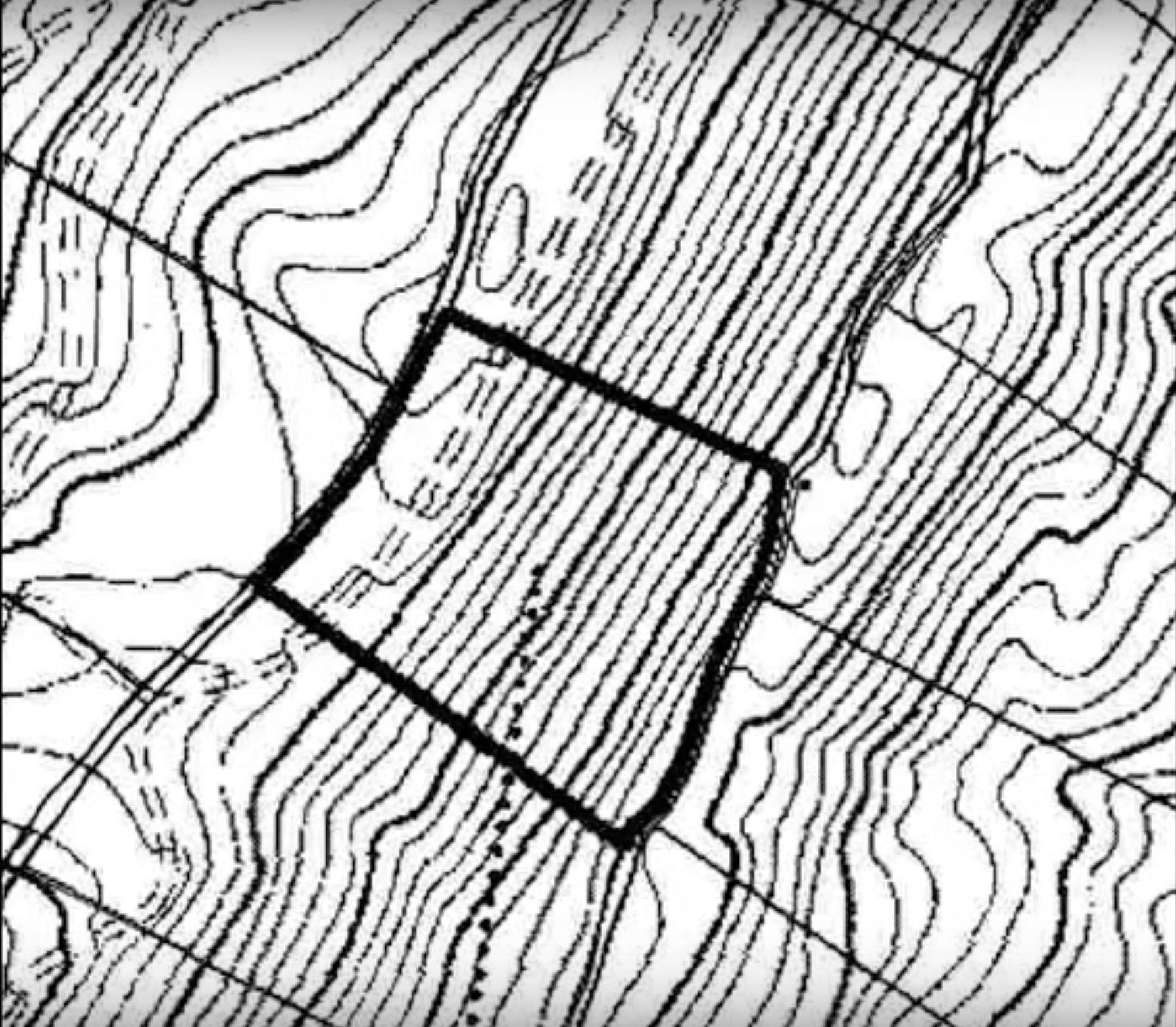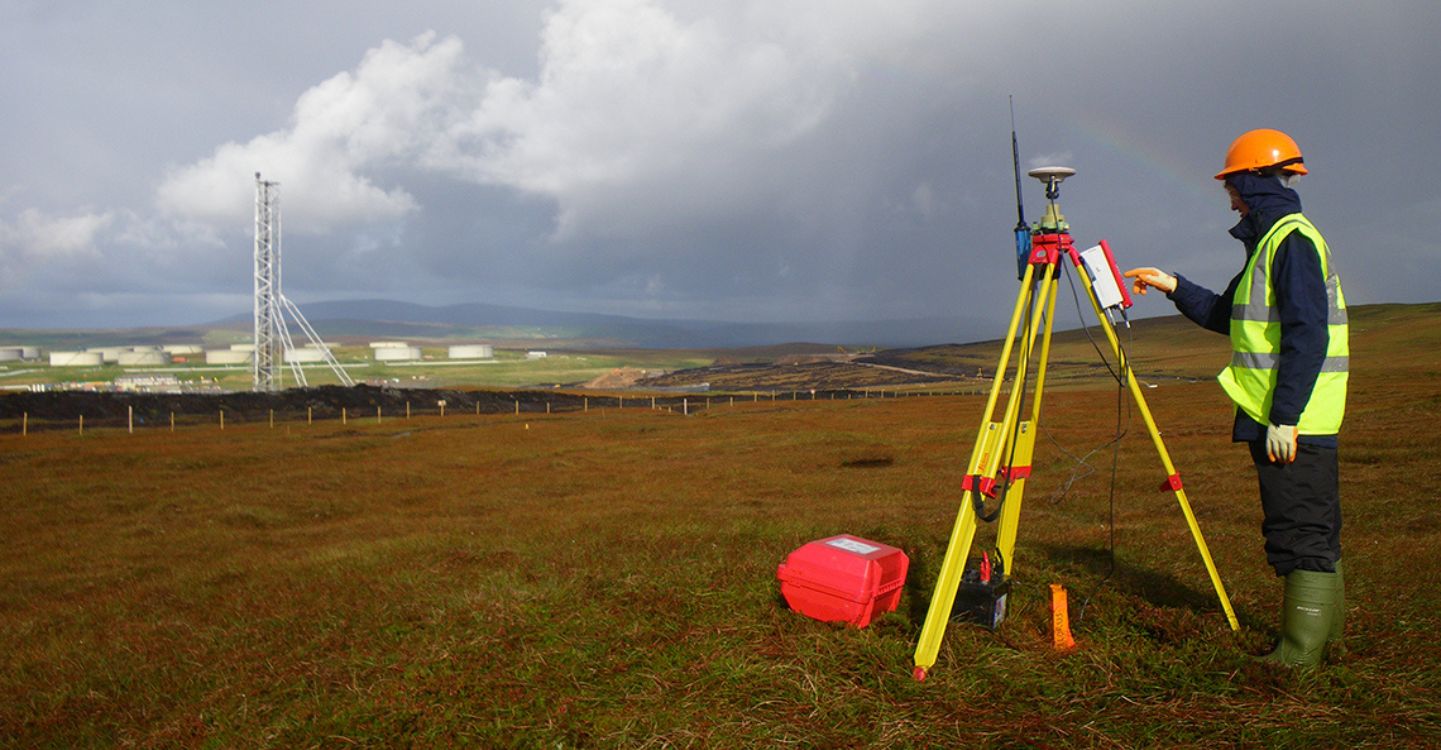How Engineering Surveys Contribute to Successful Infrastructure Development
How Engineering Surveys Contribute to Successful Infrastructure Development
Blog Article
Necessary Devices and Strategies in Setting Out Design
The technique of laying out design counts greatly on a suite of essential devices and strategies that underpin the precision and efficiency of job execution. Instruments such as surveyor's degrees, complete stations, and advanced GPS modern technology are indispensable for developing specific recommendation points. Furthermore, the integration of typical techniques with modern methods, including geospatial analysis and 3D modeling, offers significant advantages in envisioning website conditions. Comprehending how these components communicate is vital for boosting and lessening errors job outcomes, yet the subtleties of their application frequently continue to be ignored. What ramifications does this hold for future design methods?
The Significance of Accurate Dimensions
The value of accurate measurements expands beyond simple conformity; they are integral to the general performance of engineering procedures. Inaccuracies can cause worldly waste, project hold-ups, and raised labor costs, inevitably affecting the job's profits. Furthermore, precise measurements boost the high quality of the last product, making sure that it executes as intended and satisfies the expectations of stakeholders - setting out engineering.
Additionally, the relevance of precise measurements appears in numerous design self-controls, including civil, mechanical, and electric engineering. Each field demands a special technique to dimension, yet the underlying requirement for accuracy stays continuous. As jobs end up being significantly intricate, the dependence on precise measurements will only increase, emphasizing the demand for constant innovations in dimension strategies and modern technologies. Hence, cultivating a culture that prioritizes accuracy is important for the future of design.
Crucial Devices for Setting Out
Laying out, an essential phase in the design and building process, counts heavily on specific devices that ensure precise area and placement of structures. Amongst these tools, the land surveyor's level stands apart, offering accurate horizontal measurements necessary for developing reference points. This tool enables engineers to establish elevation modifications and keep harmony across the job site.
The total station is one more essential device, incorporating digital distance measurement with angular measurement capacities. This technology enhances effectiveness and precision in recording spatial data, permitting effective site design and preparation.
In addition, using determining tapes and noting devices, such as chalk lines or risks, is basic for temporarily marking limits and essential points on the site. These fundamental devices, though simple, are critical for making sure clear interaction amongst the building and construction group pertaining to task specifications.
Lastly, GPS technology has gained traction in setting out procedures, providing real-time positioning data and considerably boosting accuracy over traditional methods. Jointly, these necessary tools develop the foundation of effective establishing out practices, ultimately contributing to the effective implementation of design and building jobs.
Advanced Surveying Techniques
Advanced evaluating methods play a critical role in enhancing the accuracy and effectiveness of engineering tasks. These strategies include a series of methodologies that give precise data for design and building and construction. Standard methods, such as progressing and triangulation, have actually developed into extra advanced methods, consisting of Overall Station studies and International Navigating Satellite Systems (GNSS)
Complete Station tools integrate digital theodolites with distance dimension abilities, allowing property surveyors to gather precise area data with great rate. This technology dramatically minimizes mistakes related to hand-operated measurements and gives real-time data processing. GNSS offers unequaled precision for large-scale projects by using satellite signals to establish exact positioning, which is essential for making sure and straightening frameworks compliance with design specs.
Along with these devices, progressed strategies additionally incorporate geospatial analysis and 3D modeling. These techniques make it possible for designers to visualize terrain and website problems better, helping with much better decision-making throughout the preparation stage. By employing these advanced checking methods, design jobs can attain better precision in design, minimize rework, and eventually improve total project success.
Digital Technology in Engineering
The integration of digital technology has actually changed design techniques, improving both efficiency and accuracy across various self-controls. Tools such as Building Details Modeling (BIM) promote the visualization and monitoring of complicated tasks, allowing engineers to collaborate seamlessly and make informed choices. This modern technology makes it possible for the development of comprehensive 3D models, which can be analyzed for architectural stability and effectiveness before building and construction starts.

The application of man-made intelligence and machine understanding in engineering procedures additionally improves anticipating maintenance and optimization of resources. check this site out These modern technologies allow the evaluation of huge data collections, resulting in far better projecting and boosted job results. On the whole, digital modern technology is reshaping the design landscape, driving advancement, and making sure that projects are completed with better performance and minimized risk. As the market remains to progress, embracing these tools will certainly be necessary for future success.
Best Practices for Execution
When implementing electronic technology in engineering, it is vital to develop a tactical technique that straightens with project objectives and business capacities. A complete analysis of existing workflows and technology framework is important to identify gaps and possibilities for renovation. Engaging stakeholders early at the same time fosters collaboration and makes sure that the modern technology fulfills customer demands.

Task managers ought to embrace a repetitive execution approach, enabling article adjustments based on real-time comments and performance examinations. This dexterous strategy not only mitigates risks however likewise promotes continuous enhancement by integrating lessons discovered.
Final Thought
Finally, the combination of crucial tools and progressed strategies in establishing out design is crucial for making certain accuracy in dimensions and successful job execution. Employing tools such as land surveyor's degrees, overall stations, and GPS technology, along with modern-day checking techniques, improves accuracy and reduces the likelihood of mistakes. Taking on finest practices in implementation better enhances these processes, inevitably cultivating enhanced project end results in the design and building sectors.
The technique of setting out engineering depends greatly on a collection of important tools and techniques that underpin the precision and performance of job implementation.Moreover, the significance of exact measurements is evident in numerous engineering techniques, including civil, mechanical, and electric engineering. By employing these sophisticated surveying strategies, engineering tasks can achieve better precision in format, decrease rework, and inevitably enhance total project success.
On this contact form the whole, digital innovation is reshaping the design landscape, driving innovation, and making certain that jobs are finished with greater performance and minimized risk (setting out engineering).In verdict, the combination of vital tools and progressed techniques in establishing out design is vital for making sure accuracy in measurements and effective project implementation
Report this page